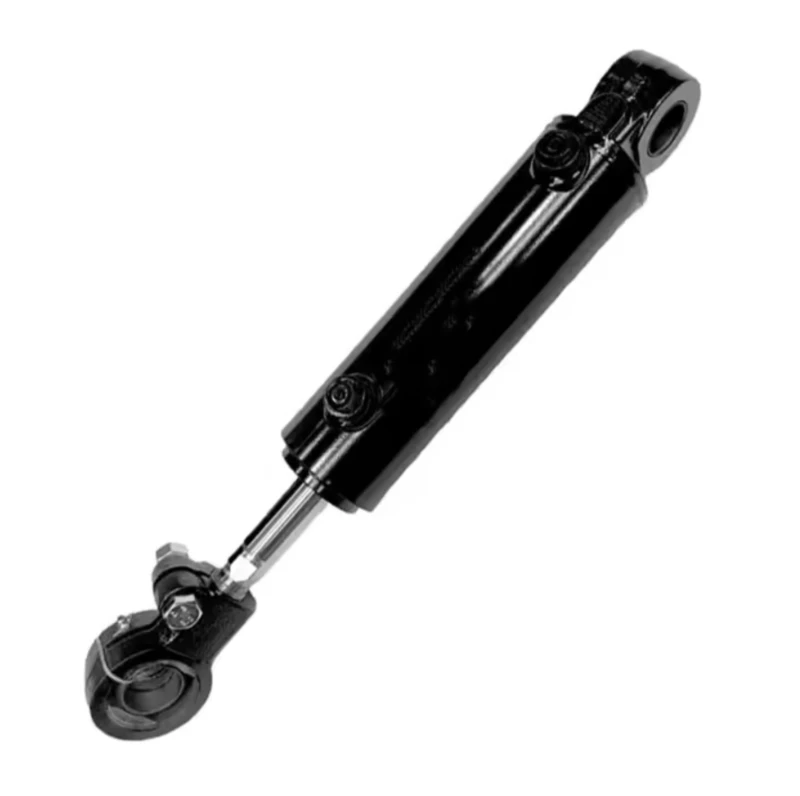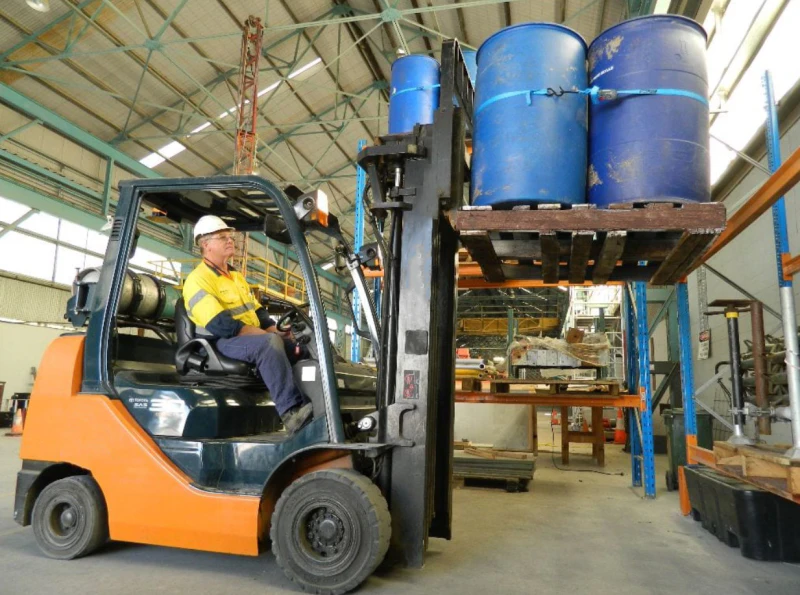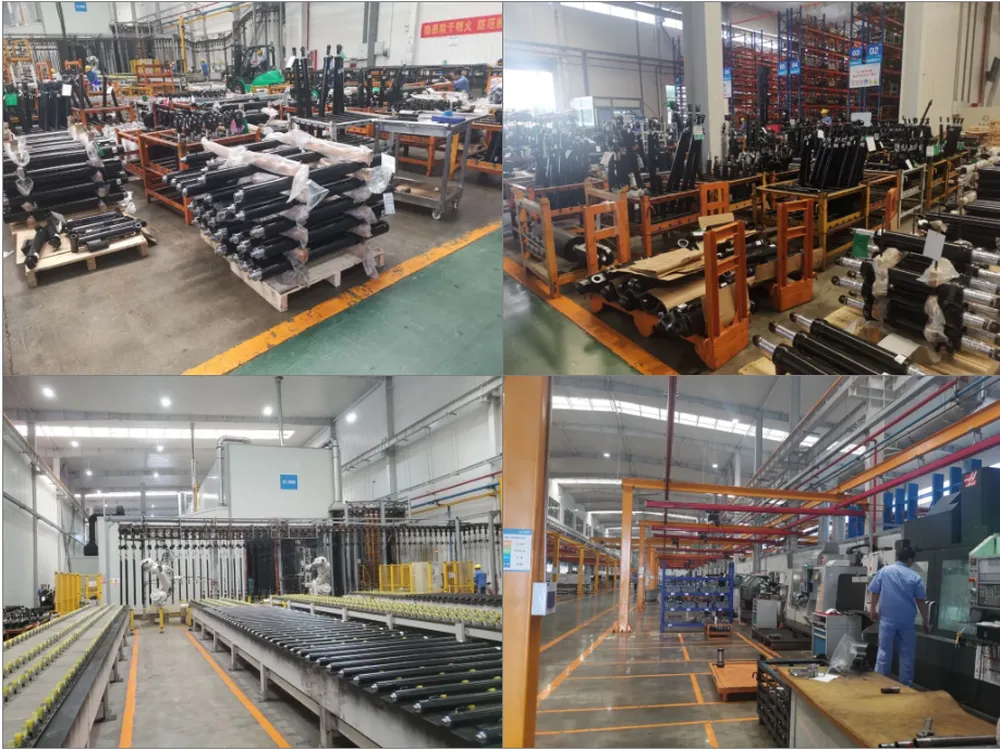Addressing Forklift Hydraulic Cylinder End-of-Stroke Impact

When it comes to forklift operations, safety is a top priority. One important component that contributes to the safety of forklifts is the hydraulic cylinder. However, during the operation, forklift hydraulic cylinders may experience end-of-stroke impact, which can cause damage to the cylinder and other components of the forklift, as well as pose a safety hazard. In this article, we will explore the causes of end-of-stroke impact for forklift hydraulic cylinders and provide solutions to address this issue.
What Is End-of-Stroke Impact?
End-of-stroke impact refers to the collision that occurs when the piston in a hydraulic cylinder reaches the end of its stroke and hits the end cap of the cylinder. This impact can cause damage to the cylinder and other components of the forklift, such as hoses, fittings, and valves. In some cases, the impact can also cause the forklift to lose stability, posing a safety hazard for the operator and others in the vicinity.
Causes of End-of-Stroke Impact
The most common cause of end-of-stroke impact for forklift hydraulic cylinders is over-travel. Over-travel occurs when the piston in the cylinder travels too far beyond the end of the stroke due to factors such as excessive load, high pressure, or poor maintenance. When the piston hits the end cap, the resulting impact can be significant, causing damage to the cylinder and other components of the forklift.
Another cause of end-of-stroke impact is insufficient cushioning. Cushioning is the process of slowing down the piston before it reaches the end of the stroke to reduce the impact of the collision. Insufficient cushioning can result in a more significant impact, causing damage to the cylinder and other components, as well as posing a safety hazard.
How to Address End-of-Stroke Impact
To address end-of-stroke impact for forklift hydraulic cylinders, there are several solutions available:
- Adjusting the stroke length: By adjusting the stroke length of the hydraulic cylinder, you can prevent the piston from traveling too far beyond the end of the stroke and hitting the end cap. This can be done by adjusting the position of the end cap or the length of the piston rod.
- Using cushioning: Cushioning can help to reduce the impact of the collision when the piston reaches the end of the stroke. There are several types of cushioning available, including adjustable cushioning, self-adjusting cushioning, and fixed cushioning.
- Regular maintenance: Regular maintenance of forklift hydraulic cylinders can help to prevent end-of-stroke impact by ensuring that the cylinders are in good working condition and that all components are properly lubricated and tightened.

Boom Cylinder
If you're looking for high-quality boom cylinders for your equipment, check out BoomCylinders.com. They offer a wide range of boom cylinders for various types of equipment, all made with high-quality materials and expert craftsmanship.
Company Introduction
We are a leading manufacturer of hydraulic cylinders in the Chinese market, with a production capacity of 200,000 sets and annual production of 300 units. Our products include forklift hydraulic cylinders, small hydraulic cylinders, hydraulic pistons, lifting cylinders, boom cylinders, steering cylinders, and more. We use various fully automatic CNC production equipment and fully automatic hydraulic cylinder assembly equipment to ensure the quality of our products. In addition to our standard products, we also offer customization services for a wide range of hydraulic cylinders and components. Contact us to learn more about our products and services.

Q&A
Q: How do I know if my hydraulic cylinder is experiencing end-of-stroke impact?
A: You may notice unusual noises or vibrations when the piston reaches the end of the stroke, or you may see damage to the cylinder, hoses, fittings, or other components of the forklift. If you suspect that your hydraulic cylinder is experiencing end-of-stroke impact, it's important to have it inspected by a qualified technician.
Q: Can end-of-stroke impact be prevented?
A: Yes, end-of-stroke impact can be prevented by adjusting the stroke length of the hydraulic cylinder, using cushioning, and performing regular maintenance on the cylinder and other components of the forklift.
Q: What are the benefits of using cushioning?
A: Cushioning can help to reduce the impact of end-of-stroke collisions, which can extend the life of the hydraulic cylinder and other components of the forklift, as well as improve the safety of the operation.